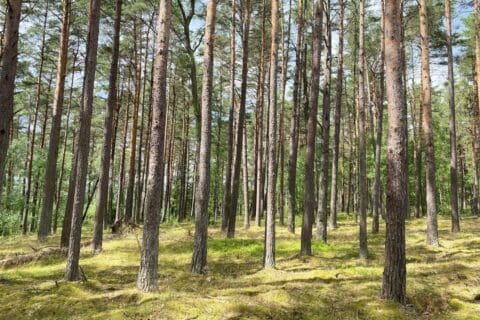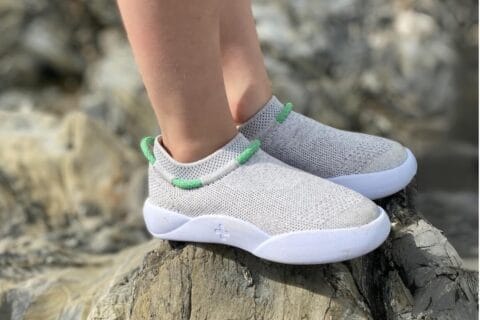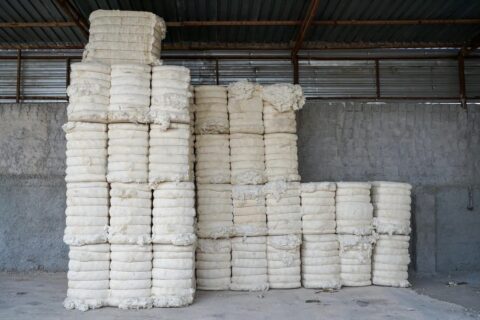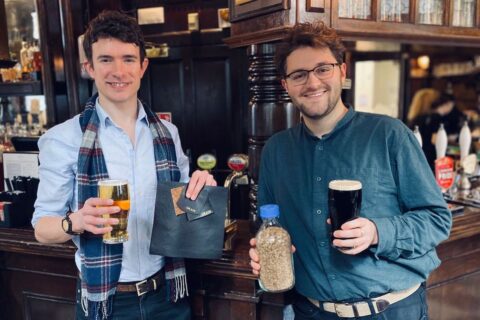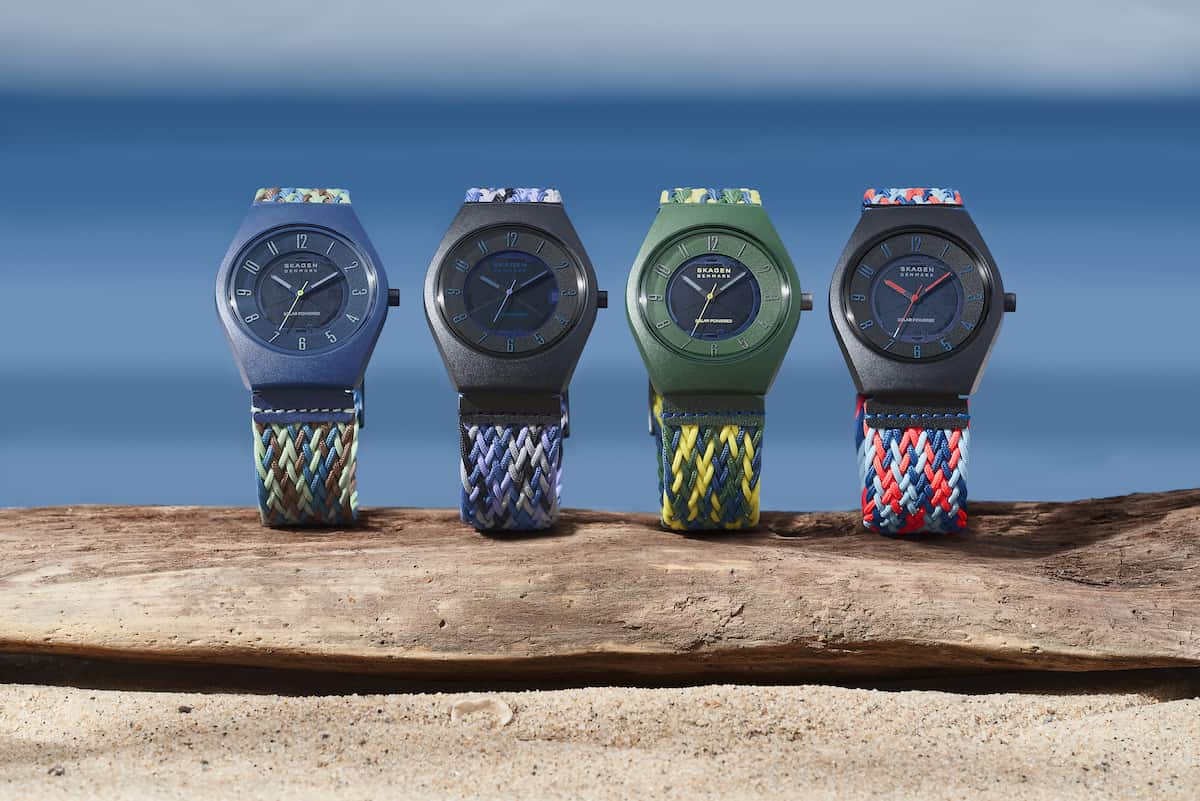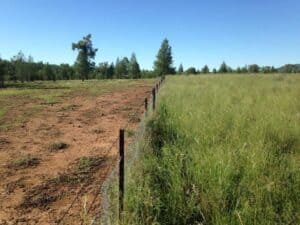
Whilst footwear and apparel markets are increasingly wrestling with environmental issues, few mainstream fashion brands have gone as far in addressing their negative impacts as to embrace restorative principles and positively give back. One known for its yellow boots, however, just raised the sustainability stakes with a new green agenda.
Leading US-based manufacturer and retailer Timberland has announced a goal for its products to have a net positive impact on nature by 2030 — giving back more than it takes. Drawing on its outdoor heritage and longstanding commitment to protect nature, the brand is turning to nature for inspiration, driving innovation through regenerative agriculture and circular design.
In pursuit of its net positive vision, Timberland has set two specific, measurable goals to achieve by 2030:
- 100% of products to be designed for circularity; and
- 100% of natural materials to be sourced from regenerative agriculture.
Working together towards common goals, the industry can change the trajectory of its collective future, but that starts with brands being accountable and ambitious, says Colleen Vien, director of sustainability for Timberland:
“The environment today is in a degraded state. As a footwear and apparel brand, we are part of the problem. For decades Timberland has worked to minimise our impact, but it’s time to do better than that. Imagine a boot that puts more carbon back into the land than was emitted during production.
“By following nature’s lead, and focusing on circular design and regenerative agriculture, we aim to tip the scales to have a net positive impact — to go beyond sustainability and help nature thrive.”
Through circular product design, Timberland strives to achieve zero waste, working toward zero impact.
By sourcing all its virgin natural materials through regenerative agriculture, the brand believes it can push past net zero and have a net positive impact on nature.
Product Circularity

The brand is taking its inspiration from nature, where everything has a use and a reuse — nothing goes to waste. It is a closed loop. By 2030, therefore, Timberland’s goal is for all of its products — across footwear, apparel and accessories — to be designed for circularity. On the front end, products will be made using materials that would have otherwise gone to waste (such as, plastic bottles, scrap leather, scrap wool). Products will also be designed to be recyclable at ‘end of life’, so they can be disassembled and made into something new.
Regenerative Agriculture
Timberland has set a goal for all natural materials used in its products to be sourced through regenerative agriculture by 2030. Regenerative practices mimic nature. They allow animals to roam and graze in their natural patterns, giving the land a chance to rest and heal. They also ensure a variety of crops, replicating the diversity found in nature.
These practices enable the land to pull carbon out of the atmosphere and efficiently store it in the ground, rebuilding the structure of the soil and leading to healthy, hydrated, fertile ground — and ultimately, net positive impacts for the land and the farmers.
Applying these principles in practice, Timberland is working to build a robust regenerative leather supply chain in the US, Australia, and Brazil, for example. In support of such aims, it has recently announced a partnership with the Savory Institute to fund research into the tangible benefits of regenerative agricultural practices.
One outcome of these endeavors will be seen this fall, when Timberland launches its first collection of boots made using Regenerative Leather, with plans to scale significantly in coming seasons. This leather was sourced from Thousand Hills Lifetime Grazed regenerative ranches in the US, through sourcing partner Other Half Processing.
Beyond leather, Timberland is working with pioneering regenerative farmers to pilot new regenerative rubber, cotton, wool, and sugarcane supply chains in pursuit of its 2030 goals.
In effect, business must both learn from and help support ecosystems working together in harmony concludes Vien:
“In and of itself, nature is balanced. Modern civilisation challenges this state, but as we’ve seen time and again, nature has the innate power to restore and regenerate itself when given the chance. And we as humans can act as stewards. That’s our vision for 2030 — to get carbon back in the soil where it belongs, and ultimately give back more than we take.”
Timberland has long and strong record in thought-leadership responsible innovation. As a founding member of the Leather Working Group (LWG) in 2005, the brand helped drive the adoption of industry-wide environmental best practices at tanneries around the world. Today, Timberland sources almost exclusively from tanneries that achieve a gold or silver rating from the LWG.
Timberland also helped raise the bar for responsible design with the introduction of its original Earthkeepers boot in 2007, made with recycled PET linings and recycled rubber soles. In 2010, the brand followed up with its first foray into circular design with the Earthkeepers 2.0 boot — designed to be fully disassembled for recycling at the end of its life. This fall, Timberland is reintroducing the Earthkeepers platform as its ultimate expression of eco-innovation.
Originally founded in 1973, Timberland is a global outdoor lifestyle brand based in Stratham, New Hampshire, with international headquarters in Switzerland and Hong Kong. Best known for its original yellow boot designed for the harsh elements of New England, Timberland today offers a full range of footwear, apparel and accessories for people who value purposeful style and share the brand’s passion for enjoying — and protecting — nature. Timberland is a VF Corporation brand.
Further Reading:
- More on Timberland in general; and the Nature needs Heroes campaign, in particular;
- More about Timberland’s sustainability strategies on the brand’s responsibility site.
>>> Do you have sustainability news to broadcast and share? If you would like to see it featured here on SustMeme, please use these Contact details to get in touch and send us your Press Release for editorial consideration. Thanks.


